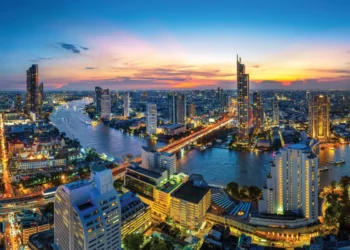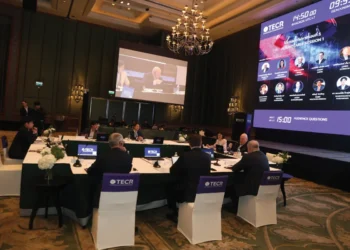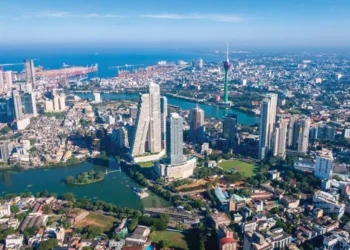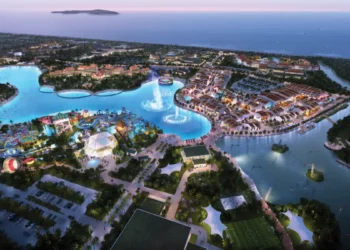There has been a lot of talk in recent months about the emergence of new gaming markets in Thailand, the UAE and Japan, and how these might shift the balance of power in Asia. Thailand we’re told, or maybe even the UAE, have the potential to become the world’s third largest gaming jurisdiction behind Macau and Las Vegas, with revenues approaching or even surpassing US$10 billion per year. And maybe they will… but has everyone forgotten about Singapore?
While regional rivals continue to hold up Singapore as the gold standard gaming jurisdiction they aim to emulate, Singapore itself has been busy preparing for a massive expansion of its own offerings.
It was 2019 when the country’s two casino operators – Marina Bay Sands (MBS) and Resorts World Sentosa (RWS) – announced that each would embark on US$3.3 billion expansions of their respective integrated resorts, but after COVID interrupted those plans, they have both since revised upwards – and by some margin – their planned spends.
In November 2023, Genting Singapore revealed that it would now invest US$5 billion into the expansion of RWS, primarily along the waterfront of Sentosa Island, adding 700 new hotel rooms and a variety of unique attractions. Existing facilities like the Forum, Minion Land in Universal Studios Singapore, the Singapore Oceanarium and three of its hotels – Hard Rock Hotel Singapore, Hotel Michael and Festive Hotel – are already undergoing their own makeovers with a view to expanding capacity and enhancing visitor appeal.
At MBS, the revised investment is a staggering US$8 billion – more than double the original estimate – and will see the addition of a fourth hotel tower boasting 570 luxury suites plus a 15,000-seat arena, 110,000 square feet of MICE space, its own SkyPark and high-end F&B. New gaming space will include a main casino area in the podium plus “sky gaming” in the new tower.
MBS has already invested around US$3 billion into a complete revamp of the hotel room offering in its existing towers – to be fully fitted out by mid-2025 – taking its total investment in upgrades and expansion alone to US$11 billion.
Why so much? It all comes down to the regional race to lure the uber-lucrative premium mass player, and in Singapore’s case ensure it maintains its outsized share of this key player base at a time when regional competitors are substantially upping their own game.
It’s high stakes in every sense of the word, but the operators themselves have remained bullish on their long-term potential: Robert Goldstein, the Chairman and CEO of MBS parent Las Vegas Sands, recently claimed the property’s fourth tower would generate an additional US$1 billion in annualized EBITDA which, with margins of around 50%, suggests additional GGR of US$2 billion a year. RWS will be expecting a similarly profitable result.
With market-wide GGR already pushing towards US$6 billion in 2024, that means Singapore is another jurisdiction eying a US$10 billion annual run-rate by 2030 – around the same time that Thailand and Japan are looking to bring their IR industries online. Of course, Singapore already has a proven track record upon which it can rely.
The Lion City looks set to roar again.





























